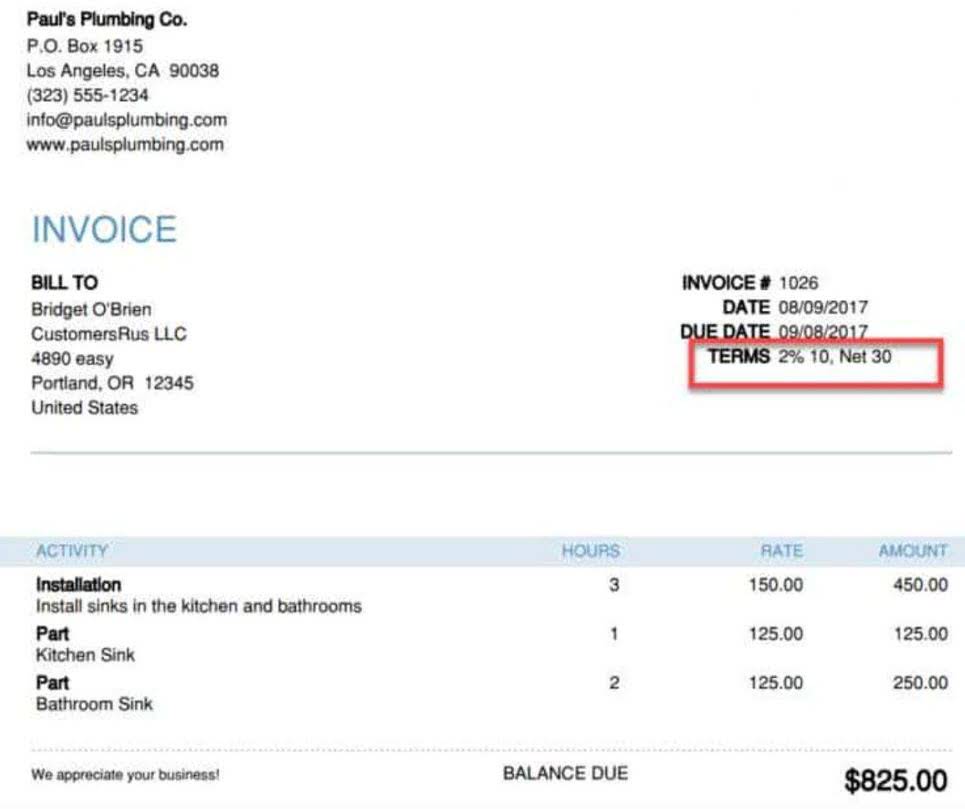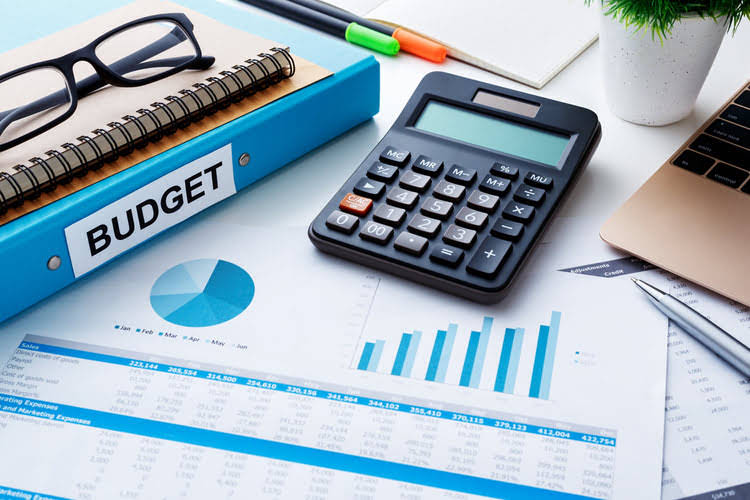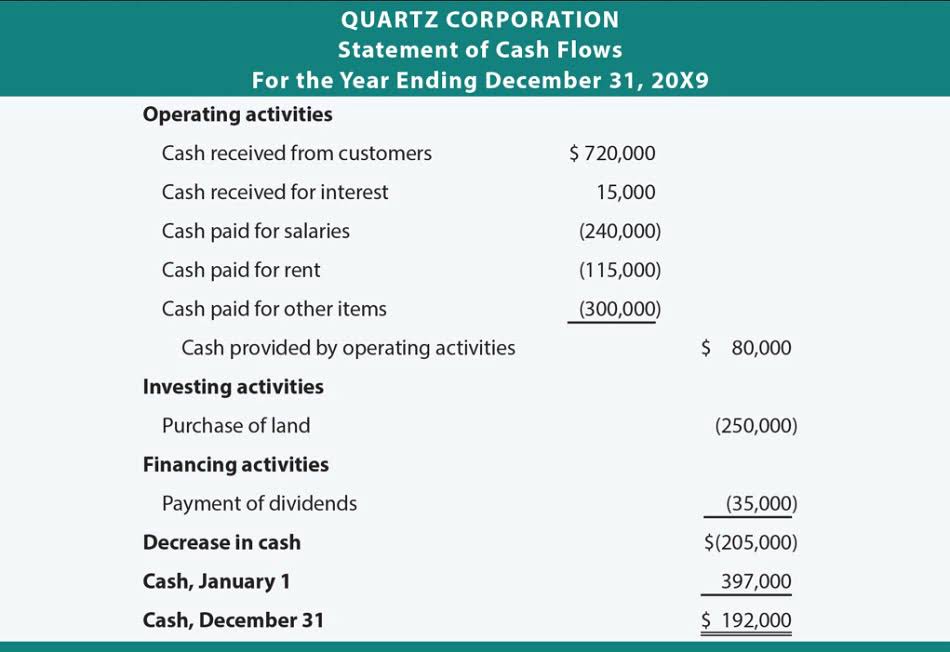
This not only provides a better match of expense to the car’s usage but also offers potential tax benefits by reducing taxable income more significantly in those initial years. Whether you’re a seasoned finance professional or new to accounting, this blog will provide you with a clear, fixed assets easy-to-understand guide on how to implement this powerful depreciation method. We’ll explore what the double declining balance method is, how to calculate it, and how it stacks up against the more traditional Straight Line Depreciation method.

What is Double Declining Balance Method?
- At Taxfyle, we connect individuals and small businesses with licensed, experienced CPAs or EAs in the US.
- Certain fixed assets are most useful during their initial years and then wane in productivity over time, so the asset’s utility is consumed at a more rapid rate during the earlier phases of its useful life.
- Additionally, it allows companies to potentially reduce their taxable income during an asset’s early years, but compliance with tax regulations is crucial.
- Leveraging AI in accounting allows businesses to focus on strategic decision-making, reduce errors, and enhance overall financial management.
- Business News Daily provides resources, advice and product reviews to drive business growth.
- Both these figures are crucial in DDB calculations, as they influence the annual depreciation amount.
- Here’s a guide to help you through the process, along with examples to show how it works over multiple years, and how the salvage value affects your calculations.
For instance, in the fourth year of our example, you’d depreciate $2,592 using the double declining method, or $3,240 using straight line. If something unforeseen happens down the line—a slow year, a sudden increase in expenses—you may wish you’d stuck to good old straight line depreciation. While double declining balance has its money-up-front appeal, that means your tax bill goes up in the future.
- Companies using DDB must carefully consider their long-term accounting and planning strategies to ensure their financial statements provide a transparent and accurate representation of their operations.
- Additionally, they lead to deferred income taxes, allowing businesses to retain more cash in the short term.
- Double Declining Balance Depreciation is a way to calculate how much value an asset loses over time.
- Enter the 4-digit year you would like the calculator to calculate the depreciation expense for.
- My Accounting Course is a world-class educational resource developed by experts to simplify accounting, finance, & investment analysis topics, so students and professionals can learn and propel their careers.
Understanding the Accounting Equation: Assets and Liabilities Explained

Since the double declining balance method has you writing off a different amount each year, you may find yourself crunching more numbers to get the right amount. You’ll also need to take into account how each year’s depreciation affects your cash flow. DDB is best used for assets that lose value quickly and generate more revenue double declining balance method in their early years, such as vehicles, computers, and technology equipment. This method aligns depreciation expense with the asset’s higher productivity and faster obsolescence in the initial period.
How does the Double Declining Balance Method differ from Straight-Line Depreciation?

Businesses must assess whether an asset’s carrying amount exceeds its recoverable amount, which may necessitate impairment reviews. For example, under IFRS, IAS 36 requires impairment tests when indicators suggest a decline in value due to factors like technological changes or market shifts. If impairment is identified, the book value is adjusted to reflect the recoverable amount.
Salvage value at end of recovery period:
- DDB depreciation can potentially offer tax advantages by decreasing net income during the initial years of an asset’s life due to higher depreciation expenses.
- In summary, the Double Declining Balance depreciation method is a useful way to account for the value loss of an asset over time.
- Under Straight Line Depreciation, we first subtracted the salvage value before figuring depreciation.
- This method is another form of accelerated depreciation but less aggressive than DDB.
- Adjusting an asset’s book value each period ensures financial records reflect current valuations.
The amount used to determine the speed of the cost recovery is based on a percentage. The most common declining balance percentages are 150% (150% declining balance) and 200% (double declining balance). Because most accounting textbooks use double declining balance as a depreciation method, we’ll use that for our sample asset. Bookkeeping for Painters In my experience, using the double declining balance method can help businesses manage their taxes effectively by allowing them to report lower profits in the early years of an asset’s life.
Double Declining Balance Depreciation: Formula & Calculation

In year 5, however, the balance would shift and the accelerated approach would have only $55,520 of depreciation, while the non-accelerated approach would have a higher number. For example, if you purchased a machine costing $10,000, with a salvage value of $1,000 and a useful life of 5 years, the SLD rate would be equal to 100% divided by 5, or 20%. Next, double the SLD rate to get the DDB rate, which in this case would be 40%. In that case, only the excess of the depreciable base may be expensed for that year. Choose your rounding preference for the depreciation schedule (if applicable).